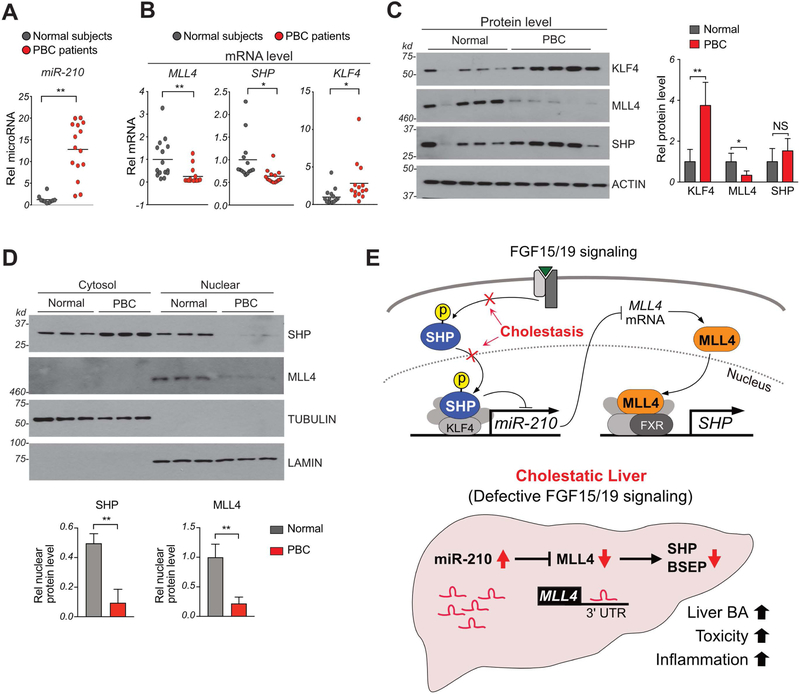Figure 8. Hepatic miR-210, MLL4, SHP, and KLF4 levels are altered in PBC patients.
(A,B) Levels of miR-210 (A) and mRNAs (B) of the indicated genes in liver samples of 15 PBC patients and 15 normal individuals. (C) Livers extracts from 3 each of 15 patients or of 15 normal individuals were randomly pooled into 5 samples. (n=5). Levels of the indicated with proteins detected by IB. (D) Livers extracts from 5 each of 15 patients or 15 normal individuals were randomly pooled into 3 samples (n=3). The pooled liver extracts were fractionated into nuclear and cytosolic fractions. Levels of the indicated with proteins. (A-D) Mean and SD is plotted. Statistical significance was determined by Student’s t-test, *p < 0.05, **p < 0.01. NS, not significant. (E) Model: Regulation of BA levels by a SHP-miR-210-MLL4 axis triggered by FGF15/19 signaling. In normal liver, FGF15/19-activated SHP via phosphorylation increases nuclear localization of SHP (16, 42), inhibits KLF4 and miR-210 expression and consequently, increases expression of MLL4, a direct target of miR-210. MLL4, then, acts as a coactivator of BA-activated FXR and induces SHP expression, which further upregulates MLL4 via inhibition of miR-210. In contrast, in cholestatic liver (bottom), defective FGF15/19 signaling (28) impairs nuclear localization of SHP, which increases KLF4 activity and miR-210 expression. The elevated miR-210, then, inhibits MLL4 expression with decreased SHP expression, resulting in increased hepatic BA levels, toxicity, and inflammation.

